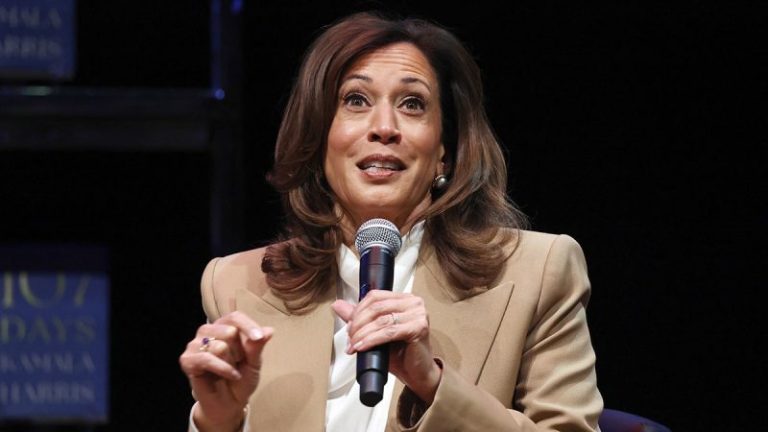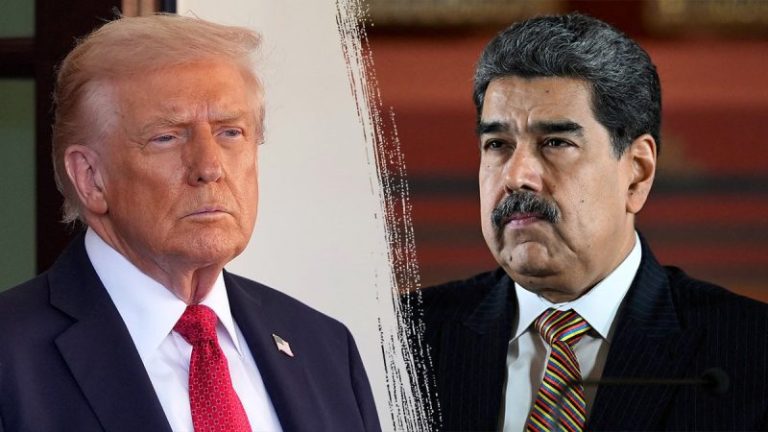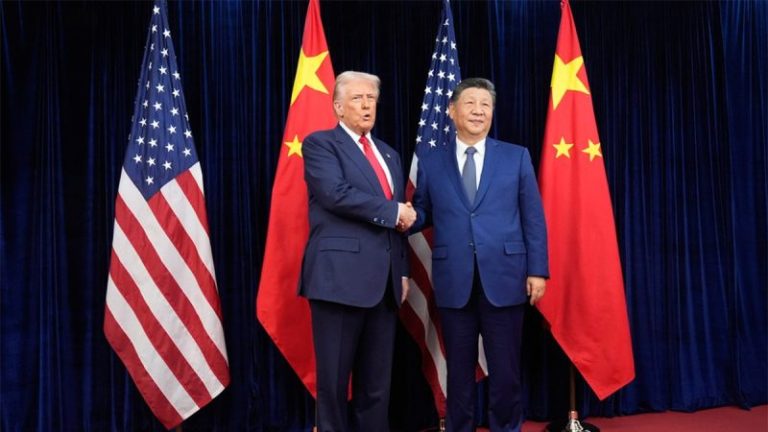There has been a noticeable shift in the Senate over the last week, with lawmakers on either side of the aisle talking more about how to get out of the government shutdown.
But it’s not blanket optimism and neither side is ready to announce that an off-ramp to the 31-day shutdown has been finalized. And ultimately, how well the bipartisan talks are going depends on who you ask.
Republican and Democrat rank-and-file members, particularly members of the Senate Appropriations Committee, have started talking more as the week has progressed. There are talks of extending the House-passed continuing resolution (CR) to allow time to finish appropriations bills, and Senate Democrats are socializing a package of funding bills among their members.
However, the reality is that Senate Democrats again blocked the GOP’s CR for a 13th time, and lawmakers only got one chance to vote on the bill before leaving Washington, D.C., on Thursday.
And Senate Democrats are still largely entrenched in their position that expiring Obamacare subsidies must be dealt with before the government reopens, even with the offer of a vote on the matter after the CR is passed.
Senate Majority Leader John Thune, R-S.D., was encouraged by Senate Democrats socializing spending bills on their side of the aisle, but he still contended that given the amount of time it takes to process funding bills on the floor, the best option was to reopen the government.
‘Unfortunately, doing all that takes a while,’ Thune said. ‘Even if you got consent, it still, it’d take a while to move those bills across the floor. So we’ve got to reopen the government.’
Sen. John Hoeven, R-N.D., said that his Democratic counterparts were beginning to realize that time was running out to actually fund the government through the appropriations process, which is a generally bipartisan affair in the upper chamber given the 60-vote filibuster threshold.
When asked if he felt closer to an end to the shutdown now than a month ago, he said, ‘Yes.’
‘I was hoping we’d break the logjam this week, and if we don’t get it done this week,’ Hoeven said, ‘I’m sure hoping it gets done next week.’
However, the conversations have not yet evolved into high-level talks with Republican and Democratic leadership, nor have they made their way into the Oval Office.
Thune noted earlier in the week that President Donald Trump offered to speak with Senate Minority Leader Chuck Schumer, D-N.Y., and House Minority Leader Hakeem Jeffries, D-N.Y., next week — only after the government reopens.
‘They always say, ‘Do it later, do it later,’’ Schumer said. ‘Later, to quote Martin Luther King Jr., and his letter from the Birmingham Jail, means never.’
And Trump, for many Senate Democrats, will be a key player in how the shutdown ends. They argue that his input is inevitably the end-all-be-all for an agreement Republicans might concoct on the Hill.
‘Ultimately, you need him,’ Sen. Chris Murphy, D-Conn., said. ‘I mean, this is — they’re not going to move until Trump tells them to move. So until you hear something real from Donald Trump, it doesn’t feel like anything is real.’
And Republicans view that the only true way that the shutdown ends is if Schumer unlocks the votes needed to break the filibuster threshold in the Senate, or if a handful of Senate Democrats defect.
‘Well, I don’t know what else to do,’ Sen. John Kennedy, R-La., said. ‘I voted 13 times to open the government up. Most of my colleagues have, I think probably the shutdown is not going to end until my friend, Senator Schumer, takes his ego out back and shoots it.’
Still, lawmakers believe that talks are good and need to continue in order for the off-ramp out of the shutdown to be finished.
That, plus the added pressure of food benefits running dry for millions, federal workers going without pay and flights getting delayed or canceled, could see both sides move closer toward the middle.
‘There’s talks about talks,’ Sen. Lisa Murkowski, R-Alaska, said. ‘But we need talks to yield results, right?’
When asked if there had been any progress, Murkowski said, ‘I’ll go check,’ before the senators-only elevator door slid shut. Lawmakers left town for the weekend shortly after.










